PCT Chapter 2: Full Dis-Fire-Closure
A big part of the reason for SOBO thru-hiking the PCT instead of going the more conventional NOBO route, was that I wanted a continuous trek. This year, only a fraction of NOBOs have been able to maintain a continuous hike due to the record-setting snowfall in the Sierra. In addition to making for slow, arduous hiking, the high snowmelt has resulted in dangerous, even fatal, water crossings. Some of the stories I’ve heard from those who made it through make me grateful that I wasn’t presented with the option of pressing through dangerous terrain or flipping to a less dangerous section. I have been known to take the higher risk (i.e. dumb) fork before.
For a while, Washington was shaping up to present similarly challenging conditions, with ~155% of the average snowfall (at Hart’s Pass). However, a warm and sunny June/July cleared the way for relatively easy conditions for hikers who waited the suggested 14 days after Hart’s Pack snowpack reached zero inches.
Our experience through Washington was nothing shy of storybook hiking. The fear of snow exceeded the actual danger, we had a total of one cloudy day, and the views along the trail itself were stunning. Mosquitoes aside, it was the epitome of dream backpacking and quite possibly the most enjoyable 500 miles of hiking I’ve ever experienced.
You know what’s coming next.
As we approached Cascade Locks, a small town on the WA / OR border, we learned of the wildfires in the Mt Jefferson Wilderness. Not only had this closed down 11 miles of trail (which quickly increased to 30), but the PCTA was encouraging hikers to bypass this section altogether, and saying that no feasible alternates existed.
“Sorry,” they told us. “We recommend shuttling around the closure. We looked into dirt roads to walk around the closure and couldn’t find any reasonable options. The highways are largely shoulderless and we don’t recommend walking them.”
We toyed with the idea of doing the 77-mile road walk, but common sense eventually prevailed. One of Jabba’s longtime friends happens to live nearby, and spent the better part of his Wednesday afternoon shuttling us from Olallie Lake Resort to Santiam Pass. My disappointment with bypassing the section quickly turned to relief as I stared out the window, looking what the alternative would’ve been—a high-speed, twisting highway with no shoulder. The PCTA’s warning was spot on, but I had to see it to believe it. This would’ve been one of the most dangerous parts of the entire hike, with no views to reward the ridiculous effort.
If I’m being honest, the risk of the road walk wasn’t the only—or even deciding—factor. It’s not the experience I had set out for. Unlike hiking through a snowy Sierra, where challenging, high-risk trekking is rewarded with pristine views with the nearest non-thru-hiker-soul being miles away, road walking is a fruitless task. It’s hot, hard on the feet and knees, and the furthest thing from a wilderness experience. In coming to a decision about whether to road walk or bypass, I asked myself the same question that confirmed my decision to hike the PCT in the first place: when I’m an old man, what decision will I wish I have made? I have trouble believing that I’ll regret not spending 2.5 days (what is now looking more like 6-7 days) of my journey stomping along pavement to meet some ideal that doesn’t speak to me.
I understand and respect those who hold strict to this purist ideal. A thru-hike, in their view, is either black (successful / continuous) or white (unsuccessful / discontinuous). They’re living up to their ideal, the way the thru-hiking experience ought to.
There are those who impose their interpretation of a thru-hike onto others. This is something I’ve written about before, so I won’t belabor the point, but the gist is that these people need to get a life. I originally ventured into the world of thru-hiking specifically because I wanted to do something outside the box. Something that I wouldn’t have expected from myself and something others wouldn’t have expected from me.
It dawned on me that the perception of others was playing a role in my consideration of the road walk. This contradicted the reason I got into thru-hiking in the first place.
The continuous portion of our thru-hike is over. It’s not my ideal scenario, but is part of the PCT experience. We’re hiking as much of the trail as conditions will allow, and having a blast in the process. This is the experience that I signed up for.
The stuff the actually matters.
My last update came from Snoqualmie Pass in Washington, about halfway through the state. I sit here, typing on my iPhone at the Rodeway Inn in Ashland, Oregon, a marathon-length away from the California border. In other words, a lot of ground has been covered since I last checked in.
The latter half of Washington was consistent with the first half: stunning. Goat Rocks Wilderness is one of the most hyped sections on the entire PCT, and it didn’t disappoint. This was the hardest short stretch of trail thus far, and seemed to fly by in an instant, even with several breaks to soak in my surroundings.

Oregon has been an interesting chapter in this hike. I can see why a NOBO and SOBO would view this section differently.
For a NOBO, they’ve just spent months hiking through the same state. By the time they hit Oregon, the novelty of hiking for hiking’s sake has worn off. Washington offers the promise of beautiful views, regular access to water, an array of wild berries, fewer mosquitoes, and the finish line. Oregon is a 460-mile speed bump to the promised land. And because of the ease of its terrain, pulling huge miles is very doable. “Getting through” is the focus.
For us SOBOs, we’re still relatively fresh into the long distance game, being 3-5 weeks into the journey, and coming off the Washington high. Although Oregon doesn’t stand up to Washington’s beauty, it offers its own highlights. Mt. Hood and Timberline Lodge, a beautiful lake resort nearly every other day, Crater Lake, Three Sisters, and a pair of exceptional towns, Bend and Ashland (in that order in my opinion). And we didn’t even get to see two of the state’s typical highlights, Tunnel Falls and the Mt Jefferson Wilderness (again, fire closures). Lastly, the ease of terrain paired with having a few weeks to build our backpacking stamina, pulling big miles becomes its own challenge and reward.
I hiked my first ever 40-mile day earlier this week, and have hiked at least 30 miles each full day through Oregon (exceptions through Timberline Lodge, Bend, and Shelter Cove due to food and/or beer extravaganzas). I never even hit 30 miles on the AT, the idea of 40 miles felt like a science-fiction before hitting this trail. This required hiking at a pace with purpose from 6am-9pm with only two hours of downtime. I was walking like Frankenstein the next day, but still managed 31-miles (with a stop at Hyatt Lake for a bacon cheeseburger). This is a very typical Oregon day.
Hiking big mile days serves as a fun challenge-within-a-challenge (challenge Russian Dolls, if you will) to keep things fresh. That said, it’s not a means for consistently enjoying the trail, at least not for me. That said, we want to be through the Sierra by October 1st to avoid the threat of wintry conditions, so there is the ever-present underlying sensation of a whip being cracked. To date, this hasn’t been detrimental to my enjoyment, but we’re less than 1,000 miles in. Will this change? Stay tuned.
Angels in the Outdoors
I had been told not to expect the level of support in the form of trail magic that I had received on the AT. It’s true that trail magic isn’t quite as prevalent, but the gap is much smaller than I was anticipating. Some of this comes from the fact that Jabba seems to have a close friend in every county (bros in different area codes), but most of this generosity has been completely spontaneous.
Chalene approached us with a bag of cherries and candy bars north of Chinook Pass. Connie Trail (her stated real name) had an entire 10 x 10 pop-up tent filled with sandwich makings, candy, soda, water, cookies, and brownies. She also had the world’s greatest mascot, an incredibly sweet, 190-lb English Mastiff named Dozer. Ducky’s Parents grilled us hot dogs and fed us cookies, Gatorade, Coke, Blue Moon, and great stories from their son’s PCT thru-hike the year before. Michelle set up her travel trailer on a remote forest road, providing shade in a very hot section, and offering up soda, chips, and fresh fruit. Broken Foot and Brenda set out a tub of brownies next to a bag of cuties at Ollalie Lake Resort. One random gent gave us a beer at Elk Lake, as did another nice young lady at a road crossing near Hyatt Lake. This is all I can recite from memory—I may very likely be forgetting someone, and apologize if there is an oversight.
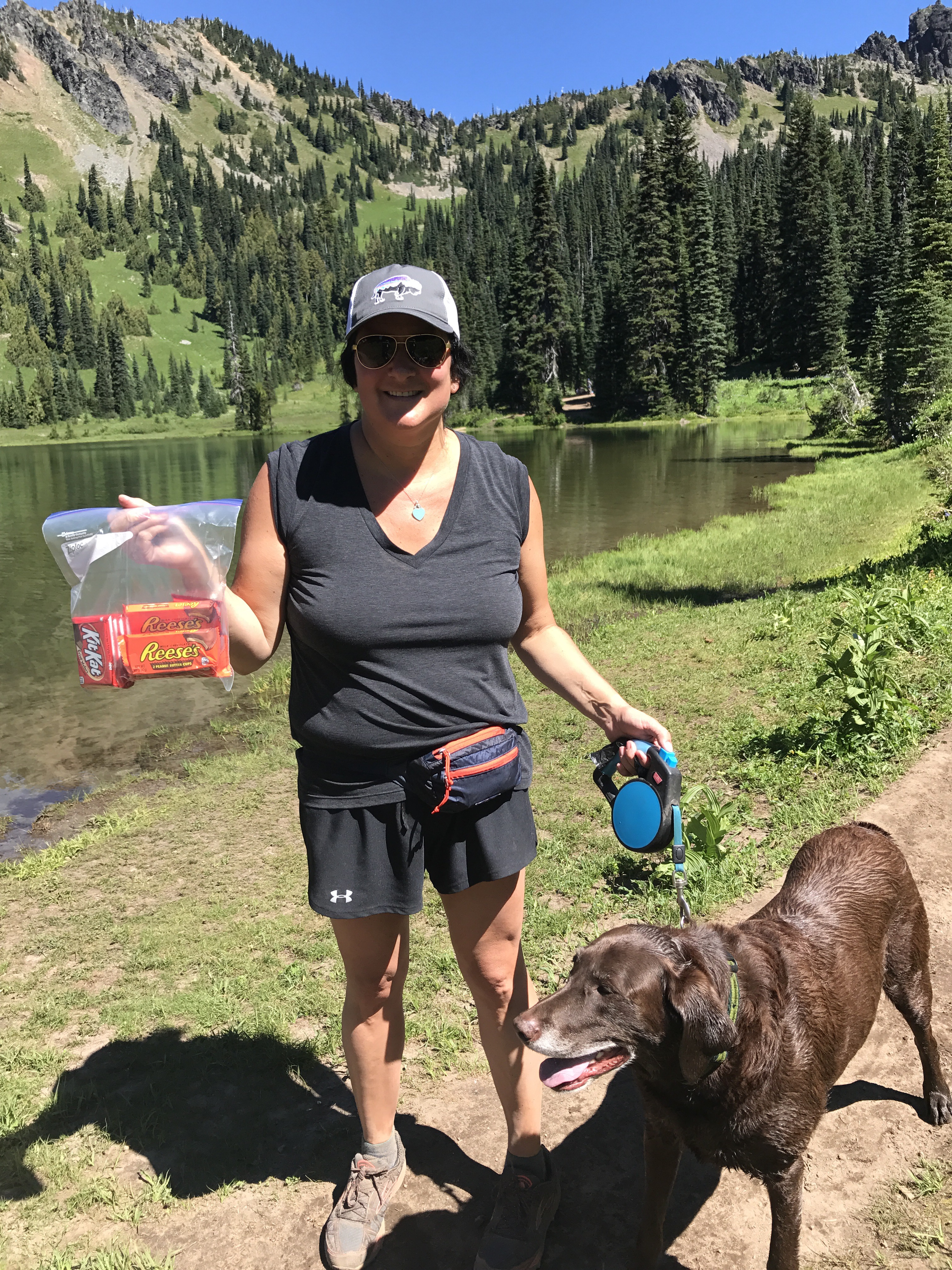
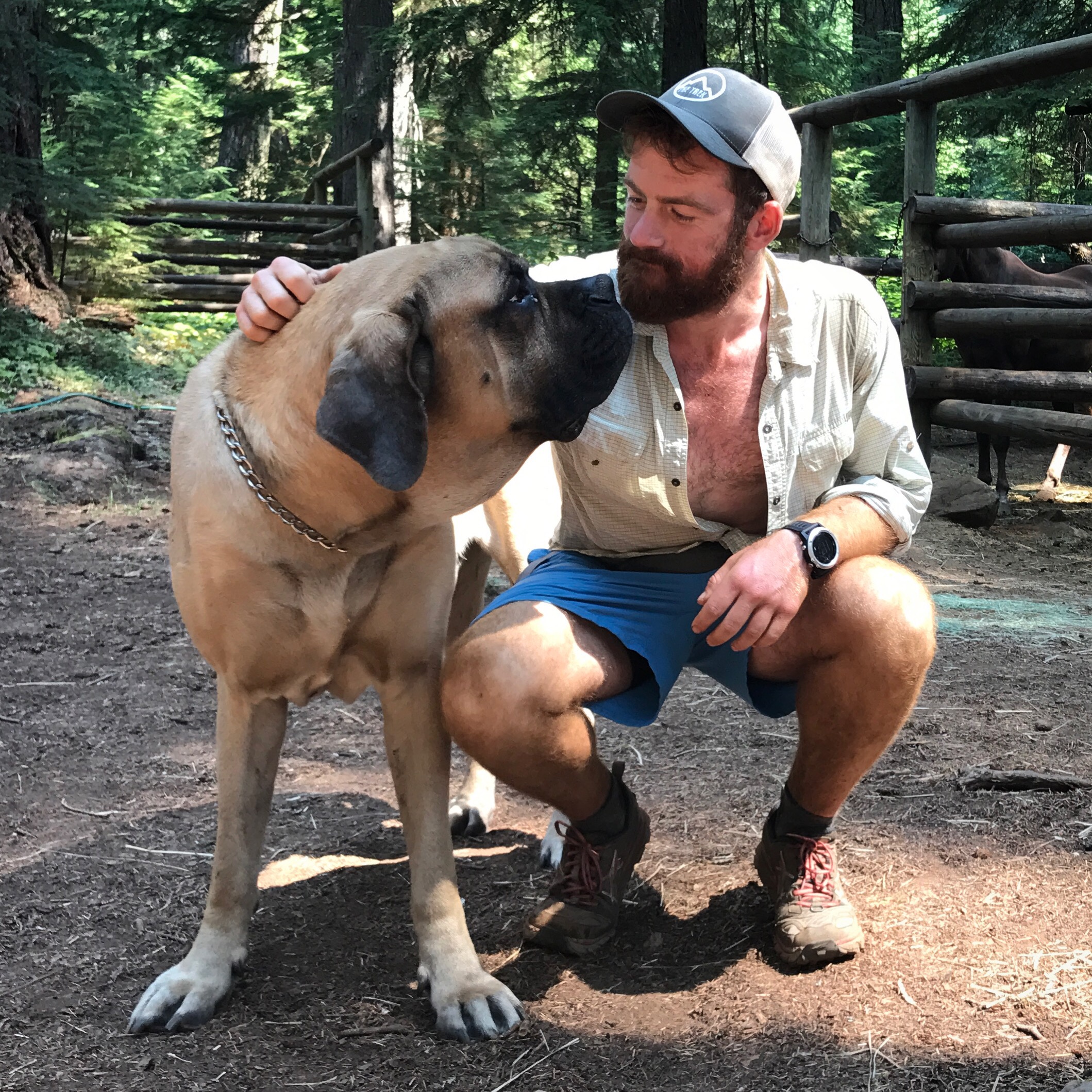
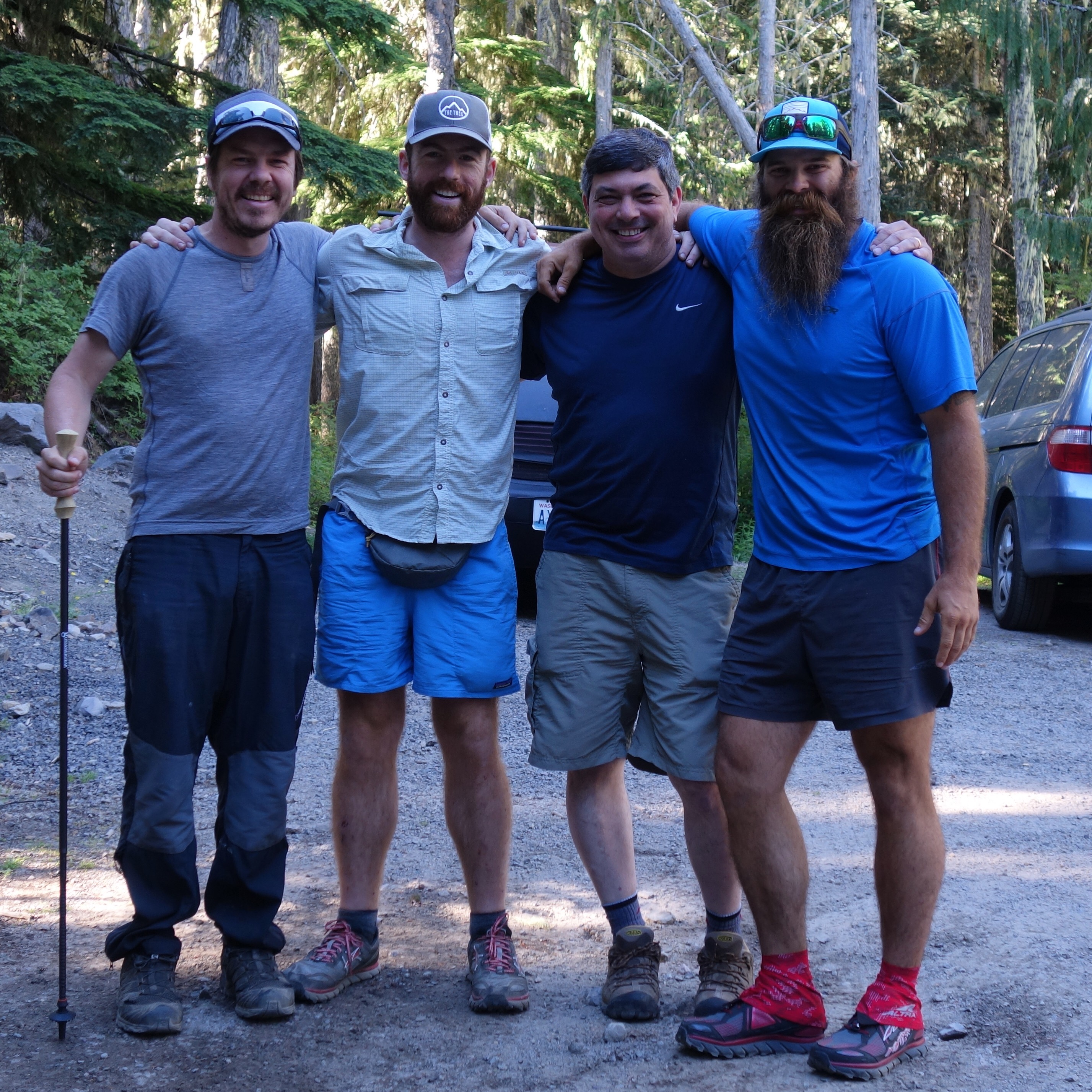

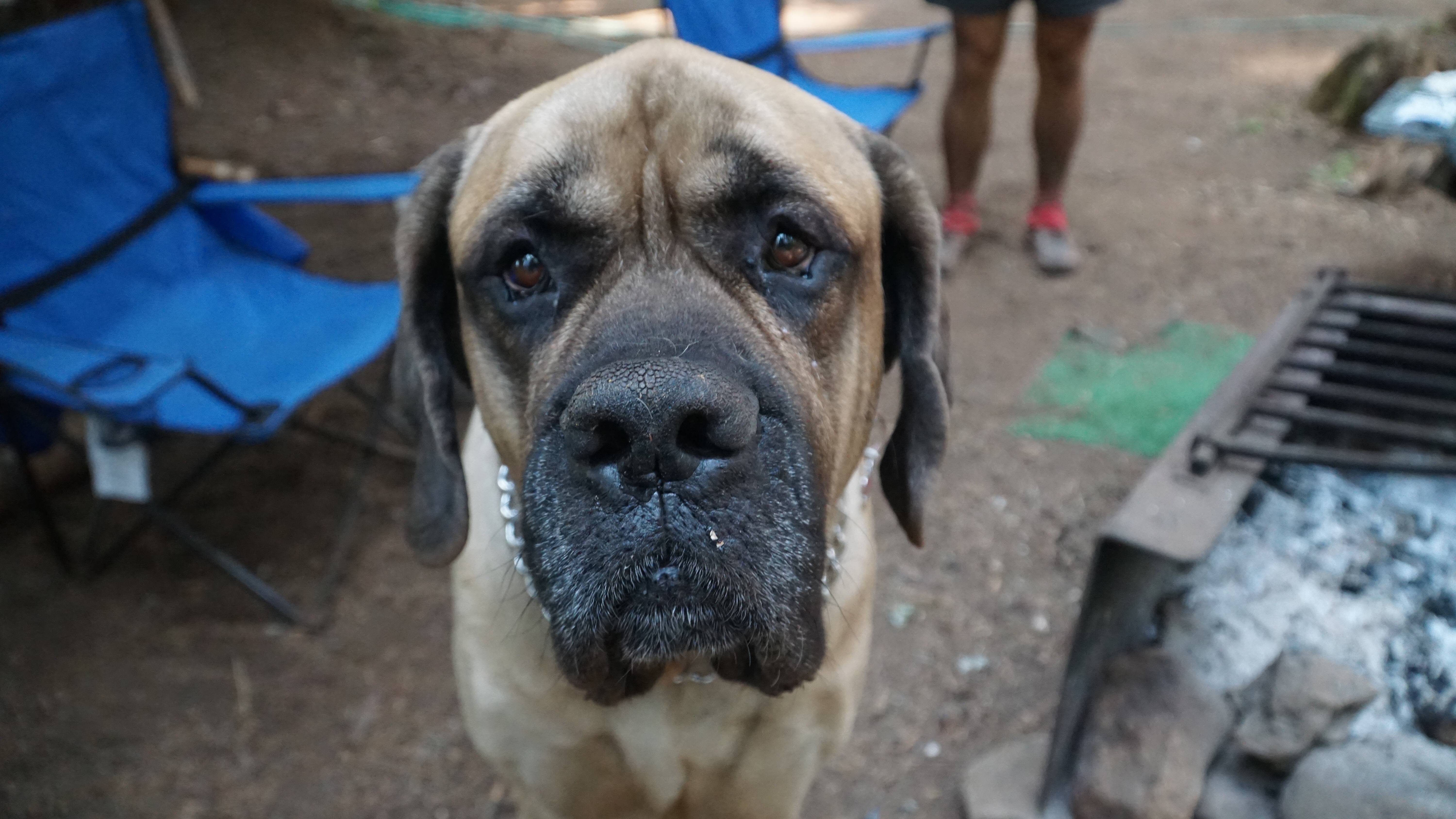

Trail magic is indeed alive and well on the PCT. The generosity of strangers still blows me away, and these kind souls make the experience so much more enriching.
And of course thank you to those who have lent support in the form of lodging, food, rides, beer, etc., who’ve had the misfortune of already having a relationship with us prior to the trail. I’m looking at you Rob Carmel, Tudor Thomas, Jeremy Rice, Nicole Antoinette, and Jeff Vreeland.
Gear Updates
The last post was filled with early gear malfunctions and failures. The last 700 miles has been smooth sailing.
My Altra Lone Peaks have been as good as the Olympus were bad. They developed a small hole after 600 miles, which is longer than I typically go between pairs. Zero blisters or pain in the process.
I bought a new Katadyn BeFree and was much more cautious about where I placed it in my pack, avoiding any sort of friction whatsoever. Over the last 700 miles, I am happy to report that it is still leak-free. One note: be VERY diligent about cleaning this filter after each use. It can clog easily and will only maintain its superior flow (compared to the Sawyer Squeeze) if up kept properly.
I’ve lightened up some of my gear by ditching my (women’s) Ibex leggings, swapping my Montbell 1000 Down Plasma Parka for the Montbell 1000 Down Vest, and trading my Montbell Convertible Rain Pants for the Montbell Tachyon Pants. This has saved considerable weight and has provided all the warmth and protection I’ve needed through this section, despite seeing our lowest overnight low to date (26-degrees).
Some Photos







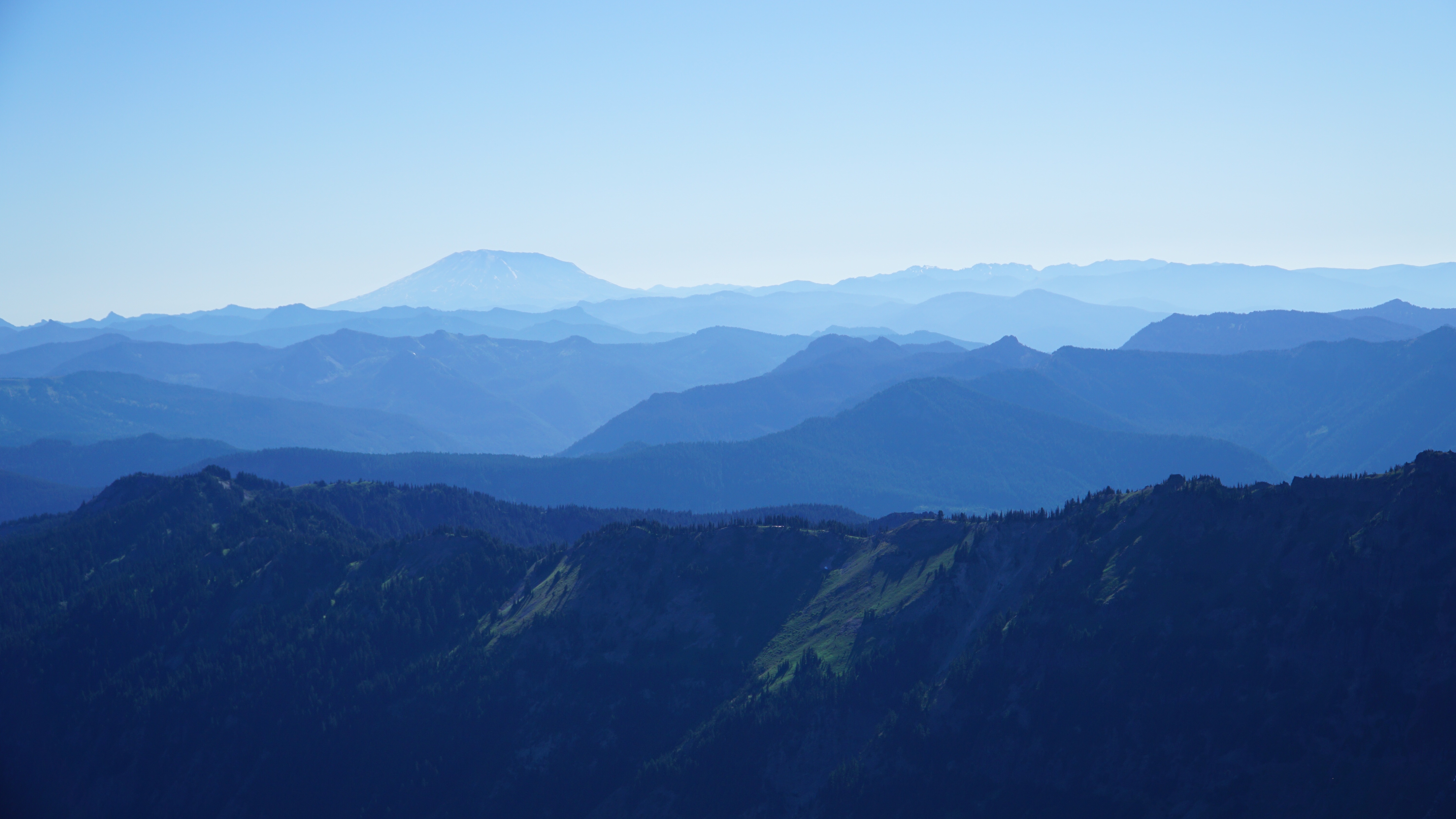






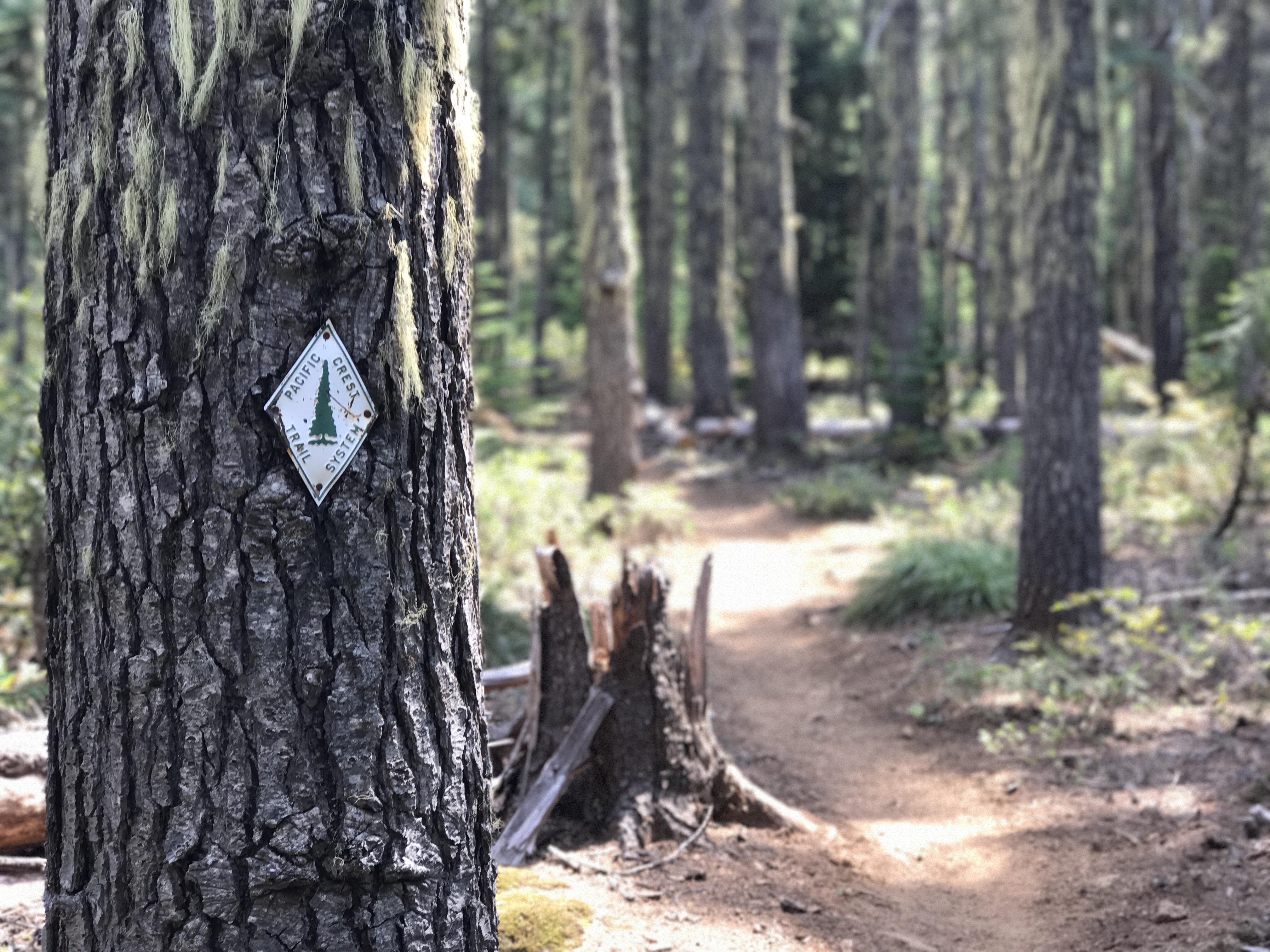
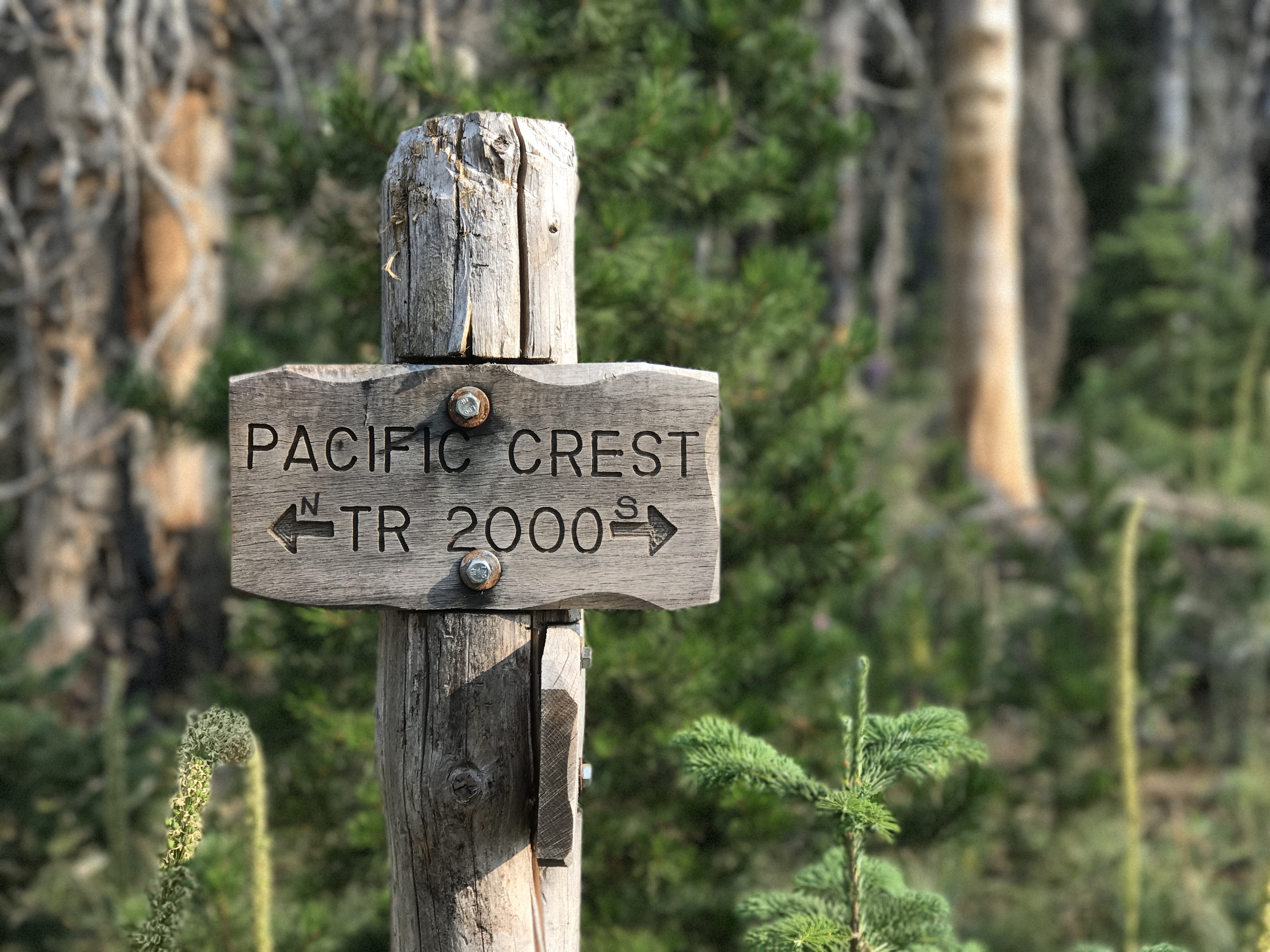
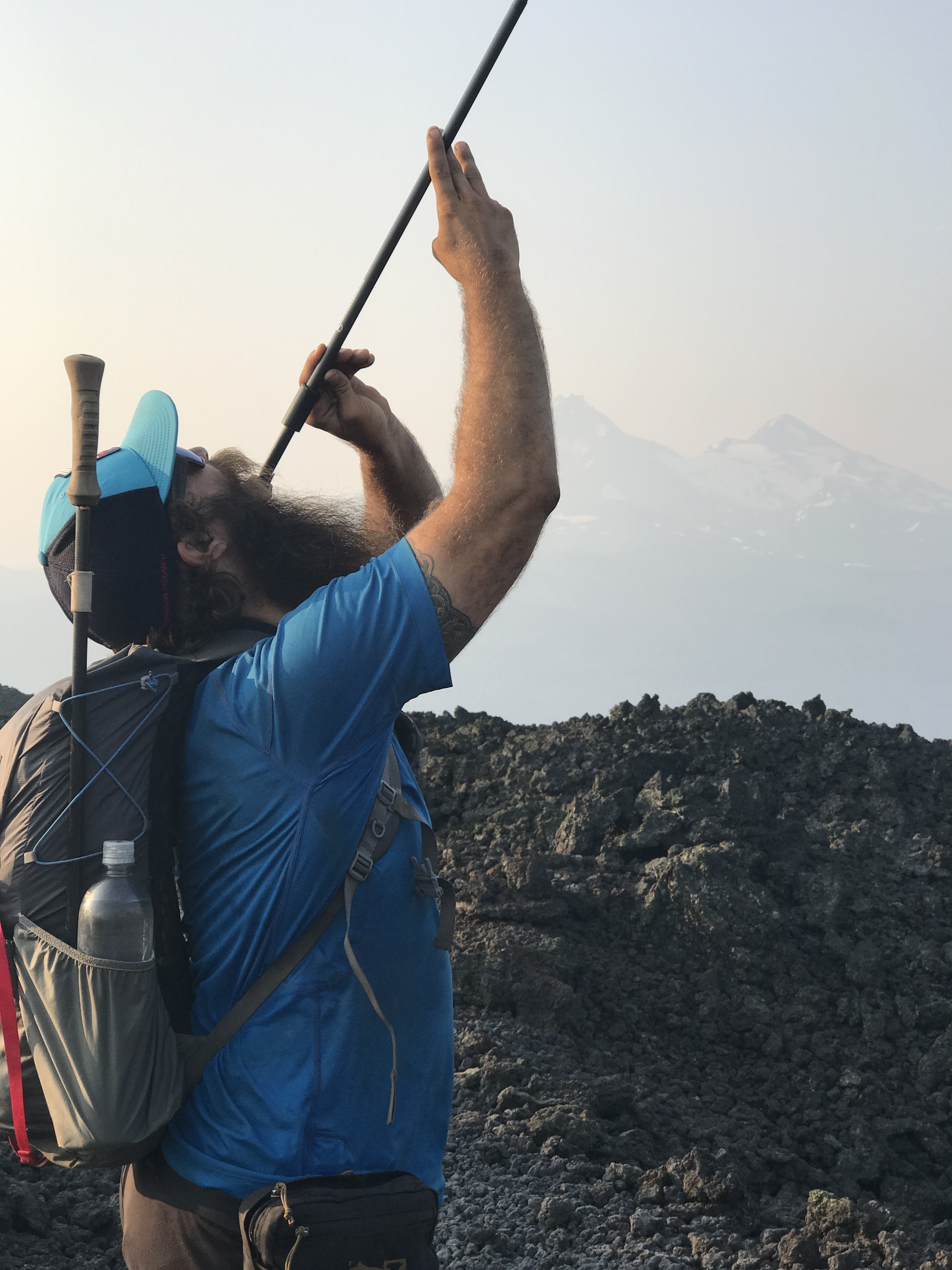




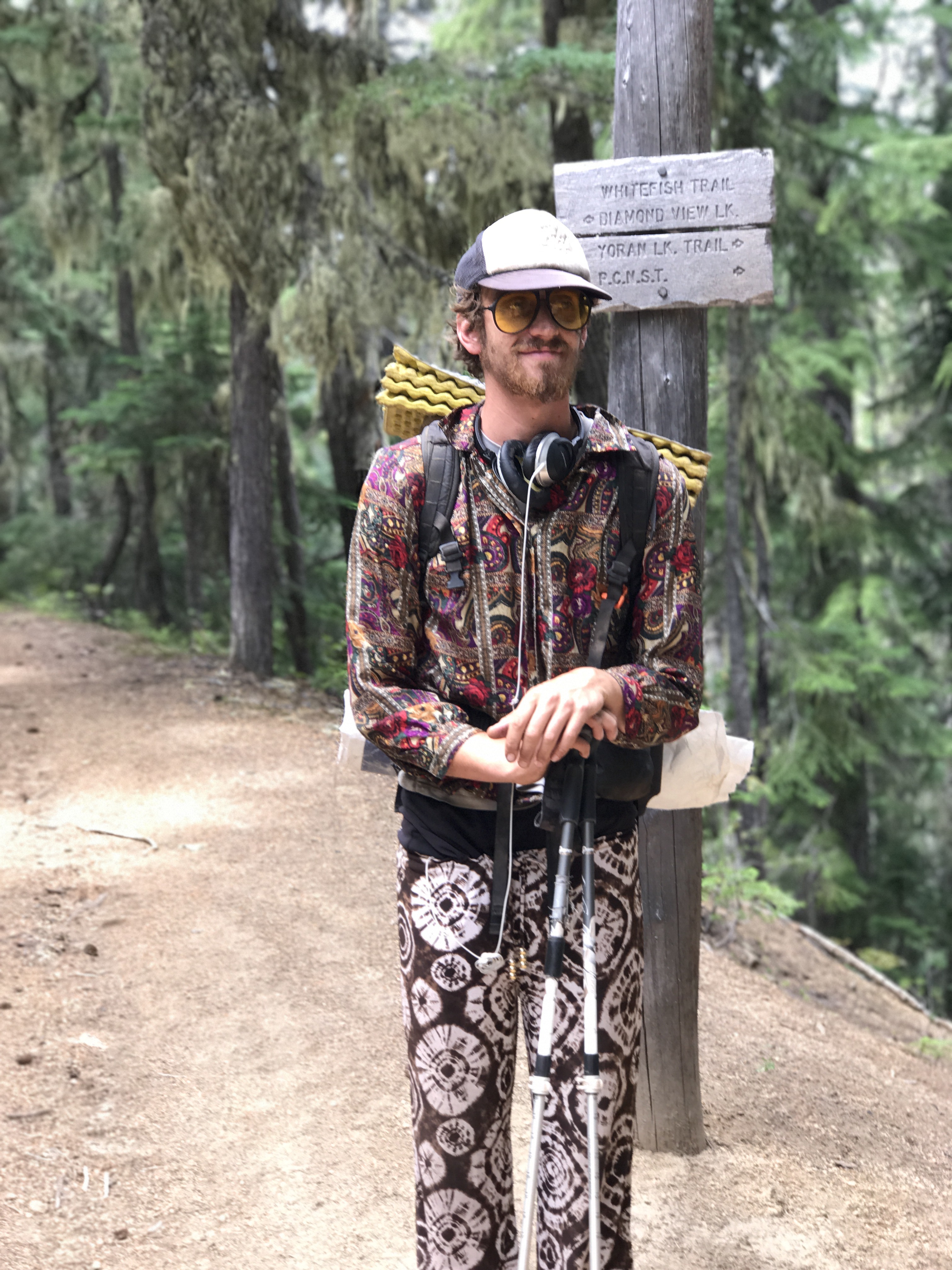



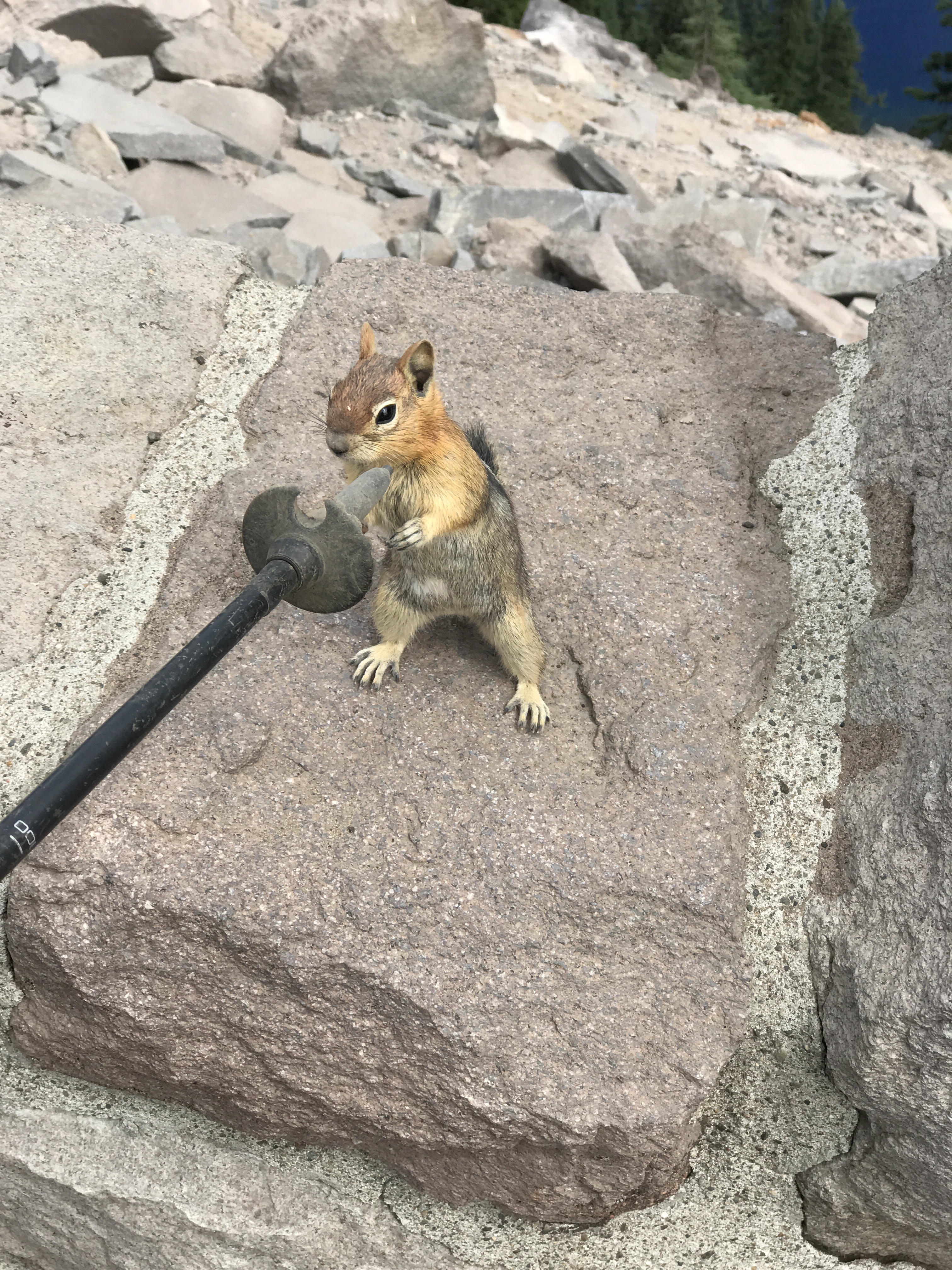


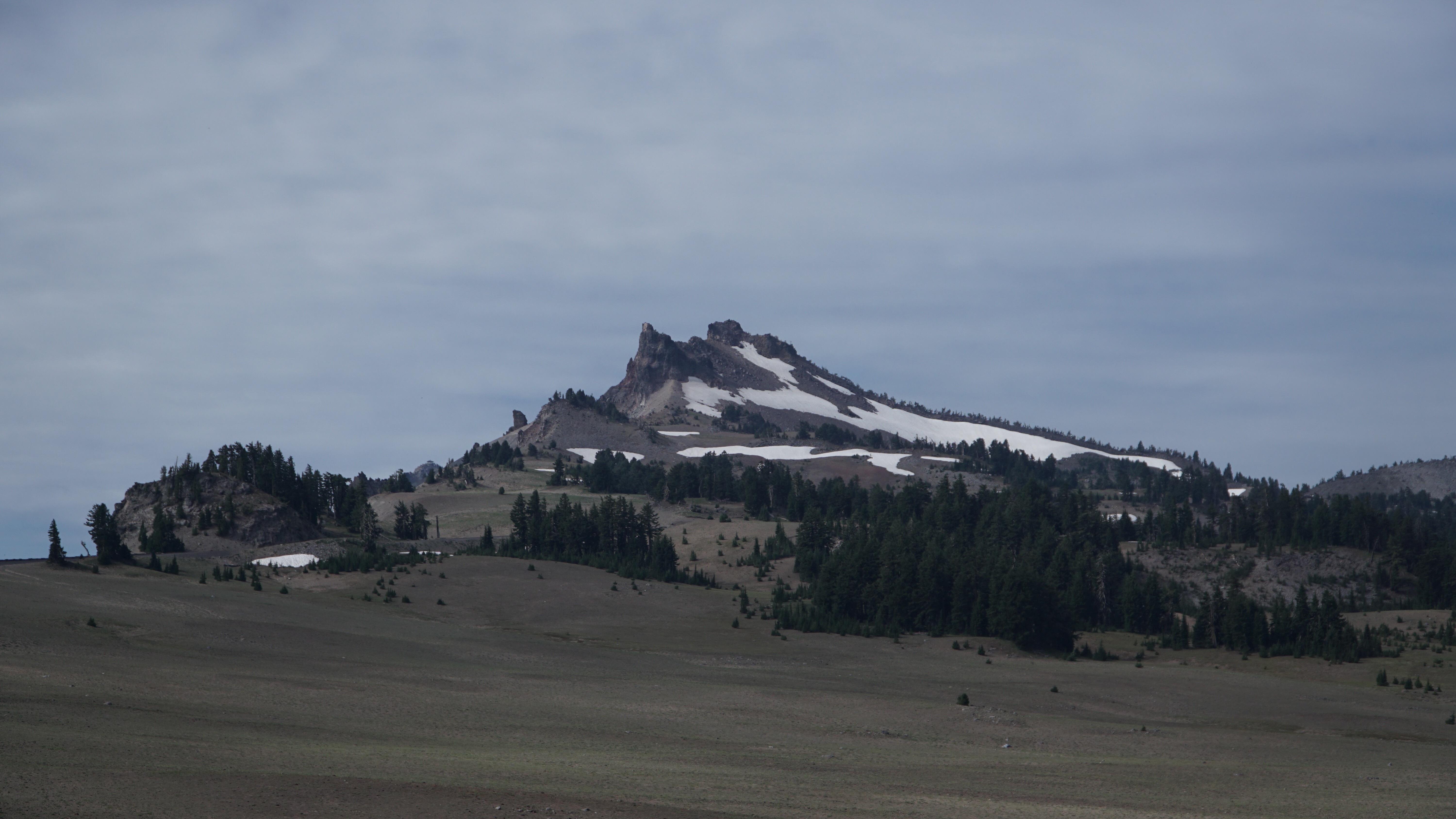




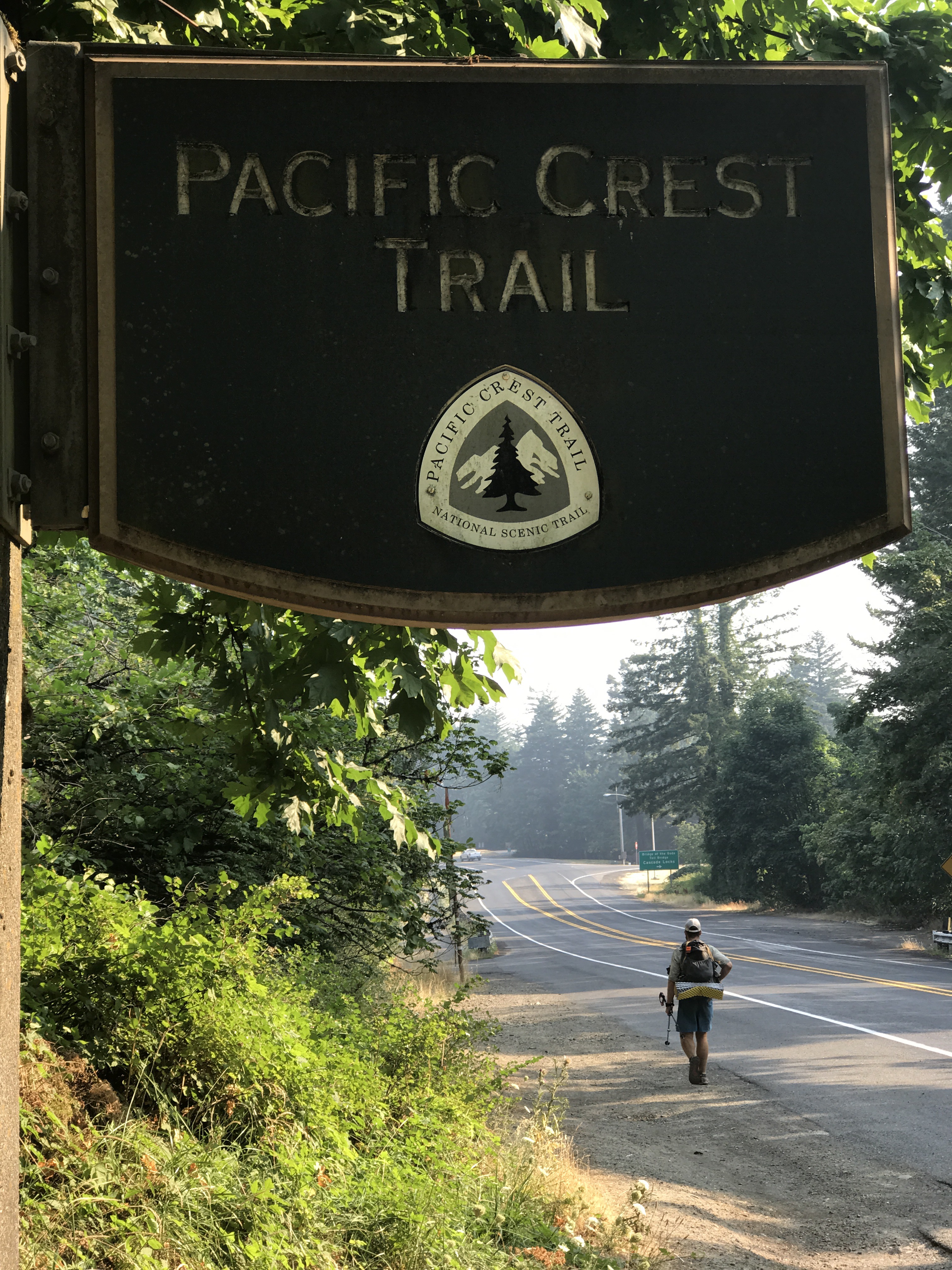


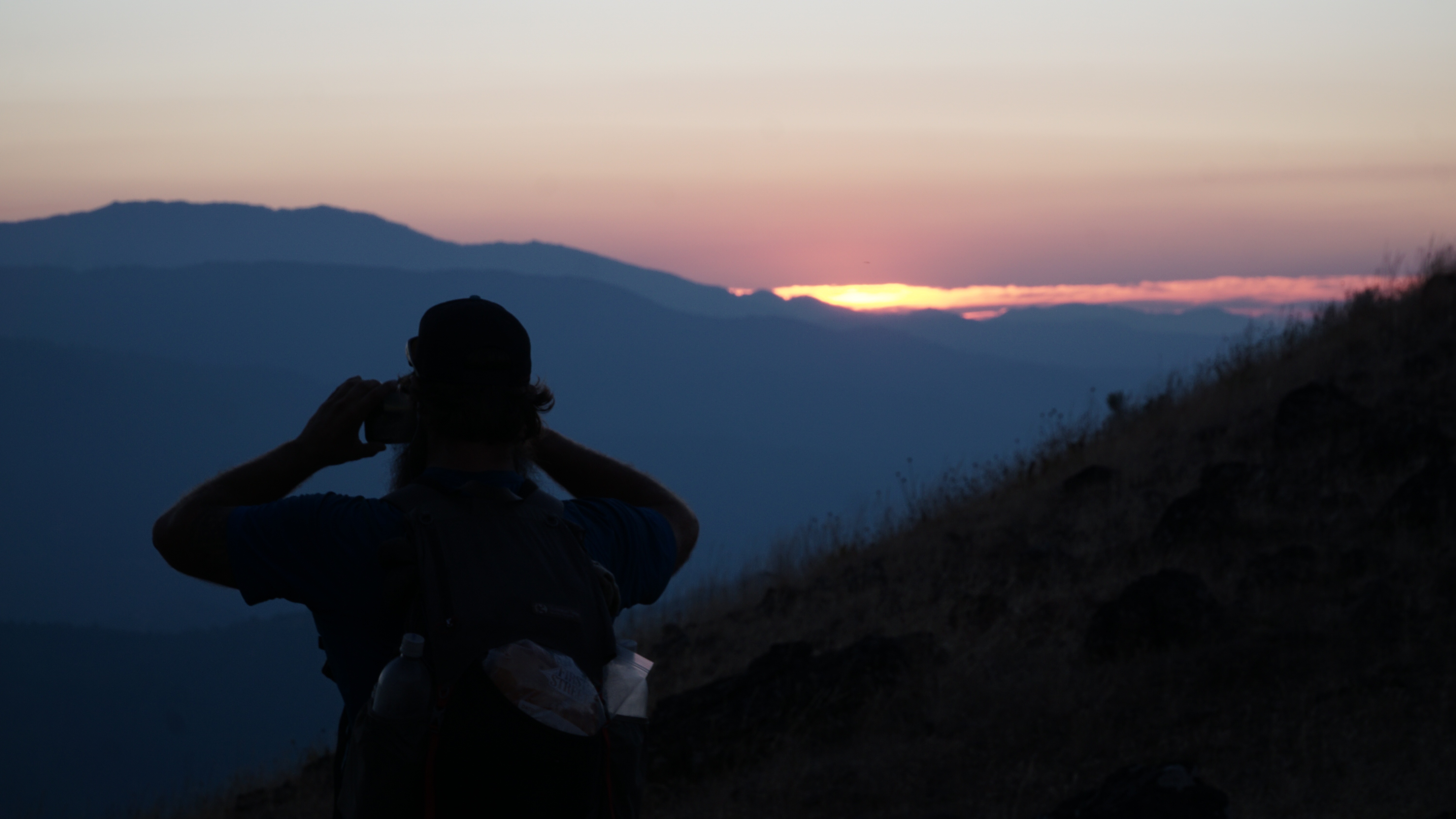
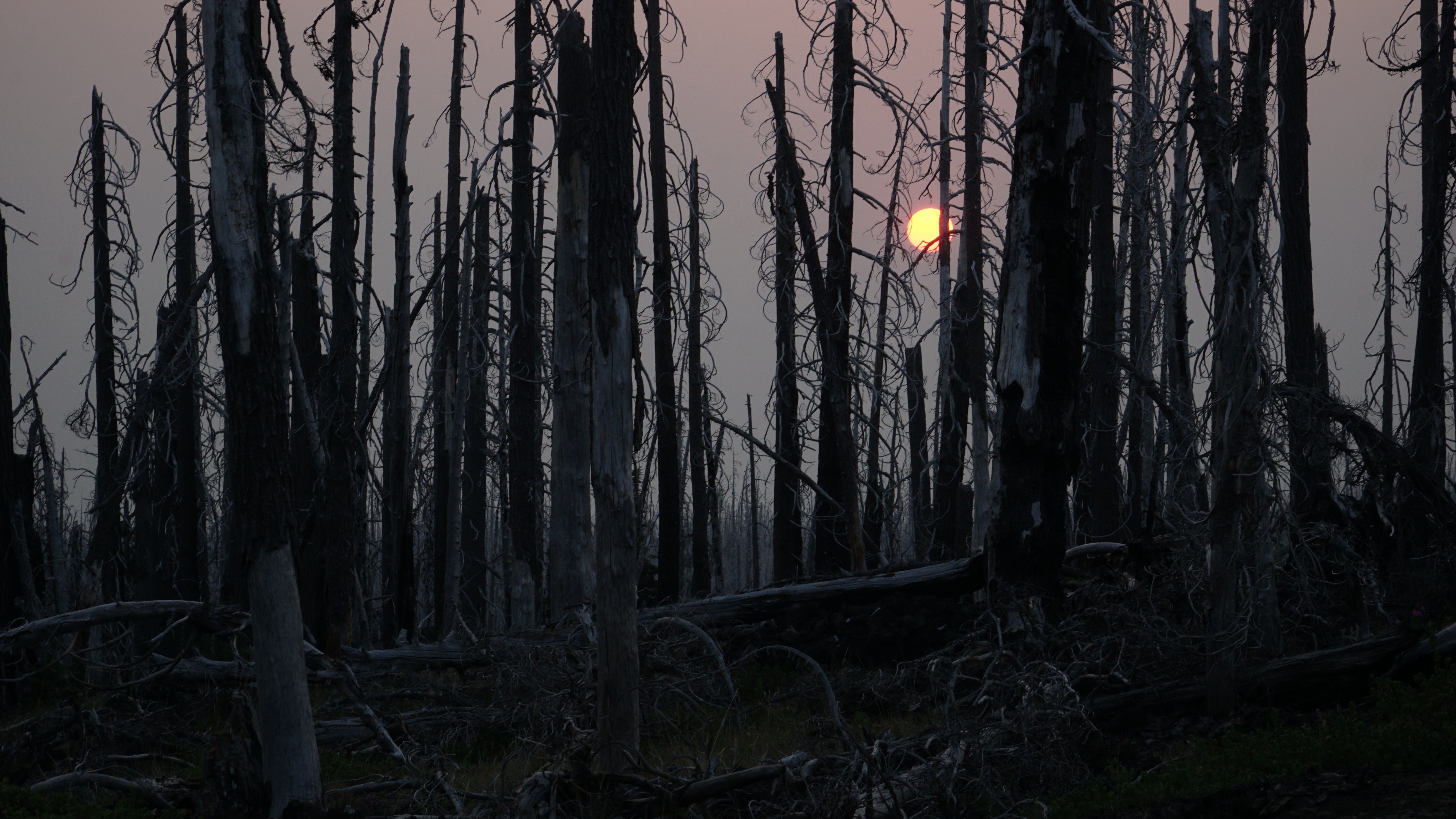



In Summation
We are approaching 1,000 miles and the OR / CA border. There have been moments where boredom has crept in, where a particular mile seems to last for hours, where I feel like the destination is the goal, as opposed to the journey- but fortunately these moments have been fleeting. Overall, I’m still in love with this trail and the experience.
Live big.
This website contains affiliate links, which means The Trek may receive a percentage of any product or service you purchase using the links in the articles or advertisements. The buyer pays the same price as they would otherwise, and your purchase helps to support The Trek's ongoing goal to serve you quality backpacking advice and information. Thanks for your support!
To learn more, please visit the About This Site page.


Comments 3
Live big indeed. And build tiny.
Your photos really capture the beauty. Trail angels are the best!
Zach, with the Katadyn BeFree filter I also had issues with the flow slowing after a while. Are you saying you cleaned it but shaking it with water in it every time you used it?